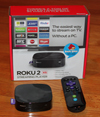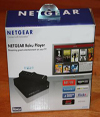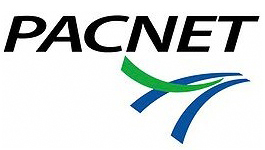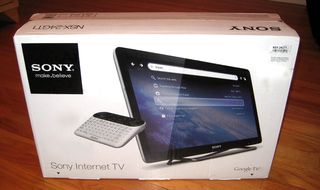Netflix Removes Titles From Instant Queue To Hide The Fact They Are Expiring
Over the weekend, without telling users, Netflix decided to stop displaying all titles from users instant watch queue if the rights to stream the content has expired. In the past, these titles remained in the queue and if they were to expire soon, they would also list the date when they would no longer be available for streaming. While Netflix took to their blog on Saturday saying they made this change to, "make the instant Queue easier to manage", clearly all they are trying to do is hide the fact that so many titles are expiring.
Even though Netflix says they didn't actually remove any of the titles from the queue and that they will reappear once again if they get the rights to stream the title, the fact is users can no longer see them, or manage them. And since most of us probably don't remember what all those titles were, how are we suppose to add them to our DVD queue since they are no longer available for streaming? Not to mention, the titles that we can longer see in our queue, count towards the limit of 500 titles you can have in your queue at any one time. So if we can't see them, how are we suppose to delete them so that we can add more titles to our queue?
What Netflix has done is take the problem of too many streaming movies becoming unavailable and turned it into two problems; we can't keep track of them to add them to the DVD queue and hidden movies count toward our queue count but we can't see them to delete them. How dumb. Not to mention, Netflix says while it "looks like some titles are gone", they didn't "remove" them. Really? So we can no longer see them and we have no way to manage them yet Netflix says it only "looks like" the titles are gone? The titles are gone if w can't see them! I am getting so tired of Netflix's blog posts lately which are starting to sound like they are written by a bunch of lawyers being creative with words.
Netflix can try and spin this any way they want but the bottom line is that the Starz contract is due to expire in about five months and at that time, a lot of users would have a bunch of titles showing up in their saved queue and would starting realizing just how many movies are becoming unavailable for streaming. And some Netflix users would reconsider keeping their account active or not. This is simply Netflix's way of trying to make sure we don't notice what's expiring, by not letting us see all the movies in our queue. Brilliant job Netflix. You just made your service harder to use and you announced the change only after people noticed it and started complaining. You may be in the driver's seat now, but I can't wait till Amazon eats your lunch.
If I didn't have to review Netflix's streaming service across all the different platforms and devices for blogs and articles, I would have already cancelled my Netflix subscription.








